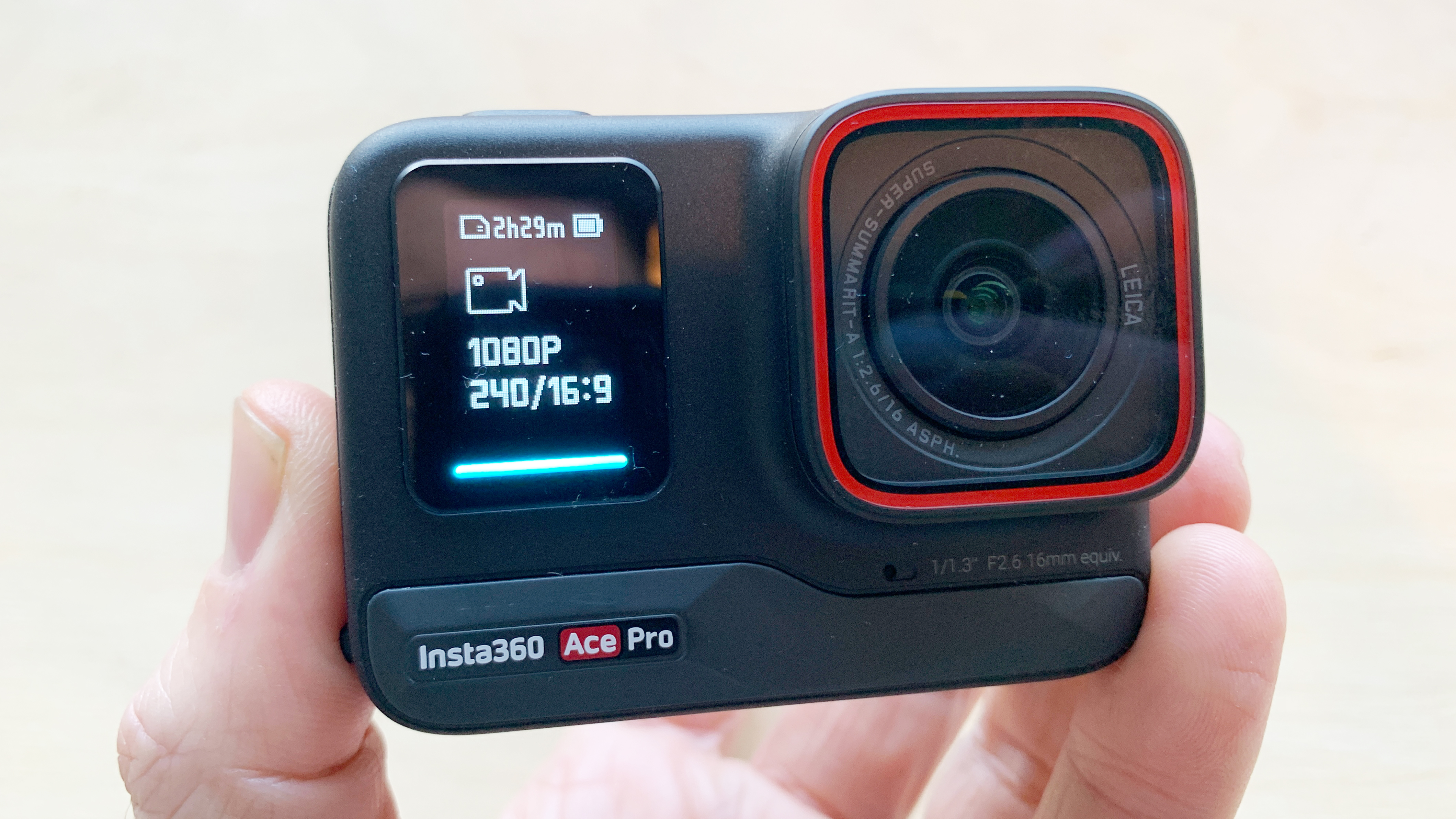Stress, cyberthreats and overworking are making cybersecurity professionals want to quit in droves, new research has claimed.
The findings from BlackFrog reveal almost a quarter (24%) of security heads are actively seeking a change of job, with over half (54%) not yet at the quitting point, but open to new opportunities.
Overwhelmingly, stress and demands are the main considerations for security pros looking to quit, with 93% stating these as the main cause of their decision to potentially leave.
Burnout reaching new highs
The report also found CISOs and IT security decision makers are also working overtime in an attempt to keep their business secure, with almost every respondent (98%) stating they work more than their contracted hours.
Of those exceeding their hours, 15% are working more than 16 hours of additional time per week in an attempt to defend against almost constant ransomware and malware attacks. The average security pro was found to put in just over an extra day (9 hours) of work per week.
The reasons given for increased stress mirror the changing threat landscape faced by security professionals, with 42% of respondents voicing their concern about the potential for threat actors to integrate AI tools into their attack vectors, with a quarter of respondents also citing data exfiltration as a top concern. 37% stated the threat of ransomware and malware attacks are a significant source of stress.
When it comes to managing stress, there are some positives. Sport and physical activity is recognized as a means of dealing with stress and complementing overall health, with 86% stating that they allocate time to activities. Sleep, on the other hand, is harder to come by, with only three quarters (75%) stating that they get enough shut-eye.
Despite working significant amounts of overtime, 82% of those surveyed said that they set a clear boundary between their work and private life. The downside however is just under half (45%) have used drugs or alcohol as a way to deal with the pressures of the job, and 69% said that they have been more unsociable.
Help is being offered from the upper management of businesses, with many being offered practical support for dealing with the stress of the job, including flexible hours (64%) and hybrid or remote working for their role (62%).
But security heads still believe that there's more to be done to manage their stress and keep them from quitting, with bigger budgets for security tools (41%) and time prioritization for the things that really matter (40%) stated as additional measures for relieving stress and burden.
More from TechRadar Pro
- Looking for a new role? These are the best job sites
- SMBs are being hit hardest by cybersecurity skills gap
- Take a look at some of the best sites for hiring developers


